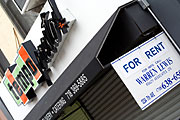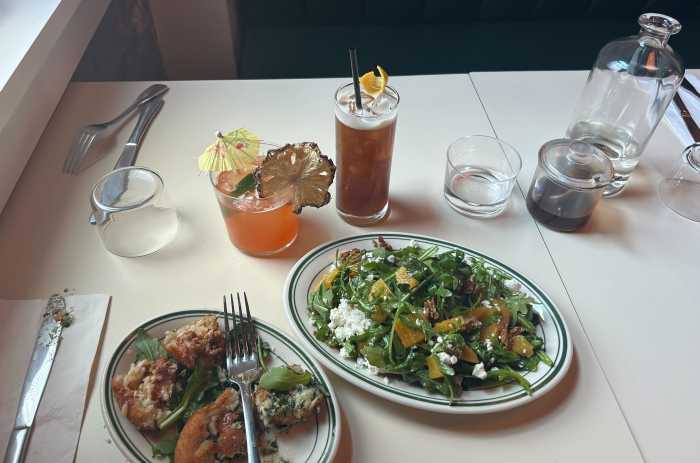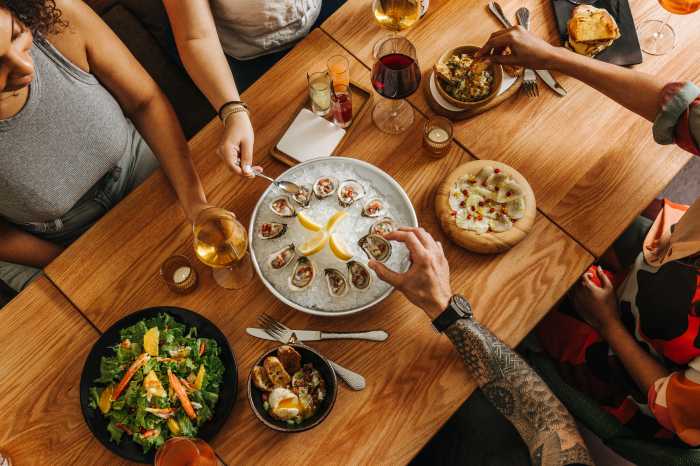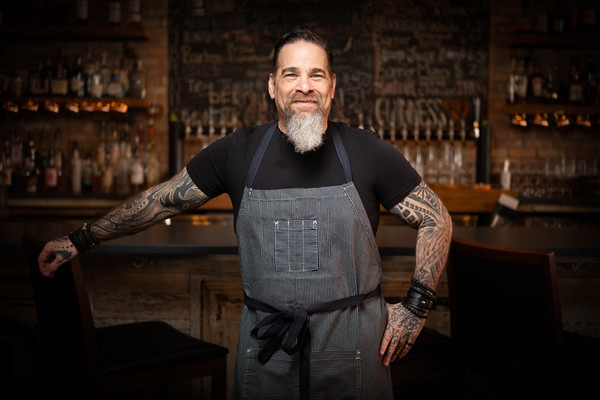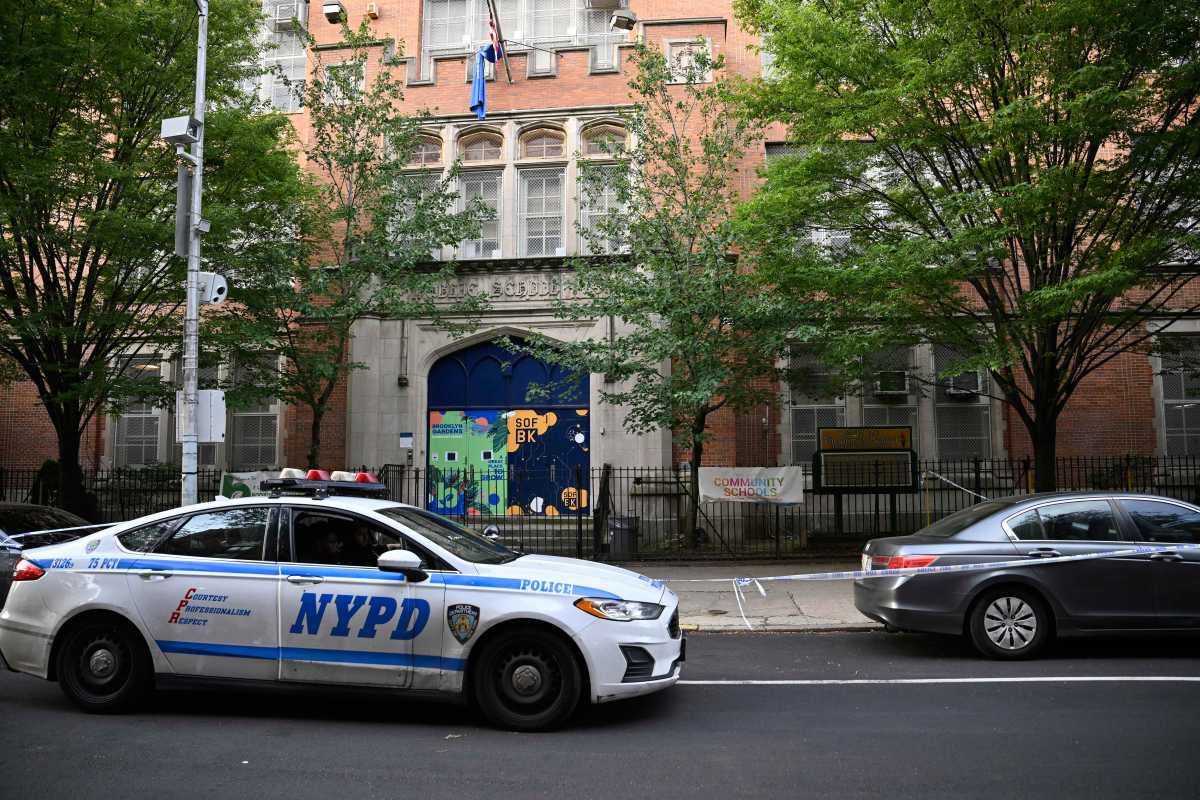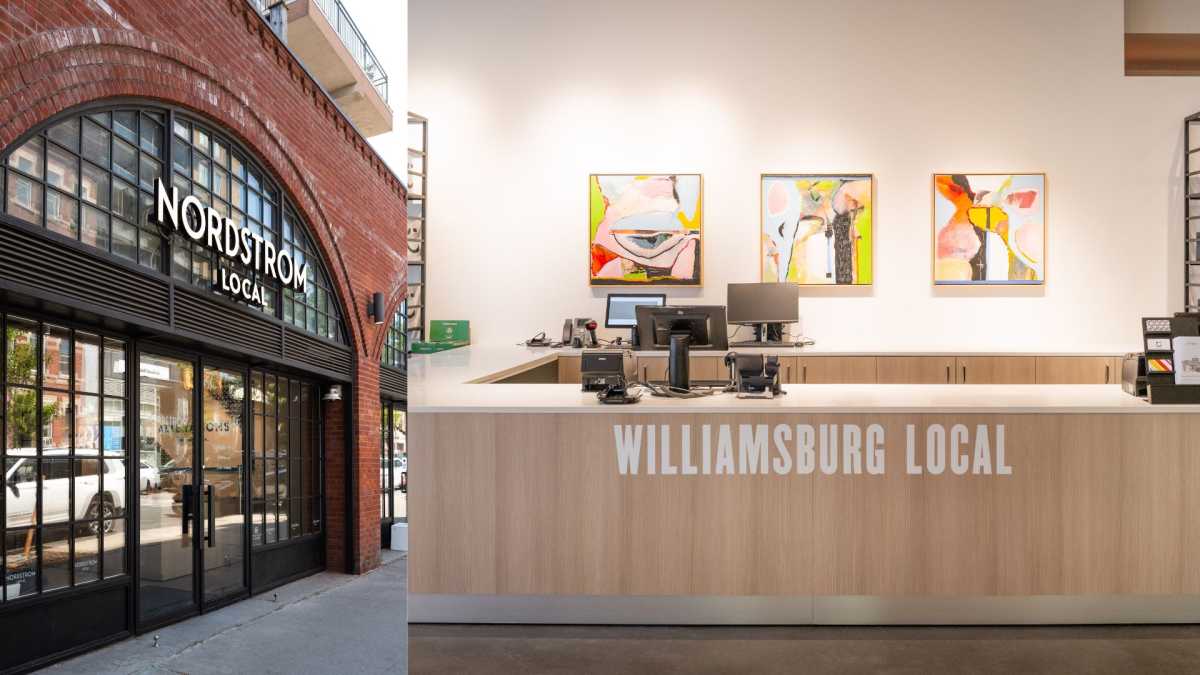The neighborhood’s collective stomach is growling.
Seventh Avenue — once Park Slope’s restaurant strip, but since supplanted by hipper Fifth Avenue — is losing restaurants at a rapid clip as rents climb and restaurateurs, who operate at notoriously thin profit margins, fail to keep up.
A walk down Seventh Avenue from Flatbush Avenue to 15th Street revealed at least one empty storefront per block (sometimes more), many of them the sites of former eateries.
In the past year, Seventh Avenue has lost Inaka Sushi House, at Fourth Street; Maggie Moo’s, between First and Second streets; Tempo Presto, at Third Street; Laila at 15th Street; Little Village, between 10th and 11th streets; and the Second Street Cafe, a beloved brunch spot that made headlines when it closed.
And though not on Seventh Avenue, the New Prospect Cafe on Flatbush and Eighth avenues, long associated with Park Slope, has also closed.
Tempo co-owner Michael Elliott, whose flagship restaurant is on Fifth Avenue, said he closed his Seventh Avenue offshoot because business could not keep pace with the soaring rents.
“The rents there were Manhattan rents,” said Elliott, whose landlord was charging more than $10,000 a month for the prime space that once housed a Carvel. “We would do a good lunch crowd and a decent after-school crowd. But after dark, it really dried up. Business has drifted toward Fifth Avenue.”
Restaurant business has, anyway, with more reasonable rents on Fifth Avenue making the neighborhood’s ne’er-do-well boulevard the new Smith Street.
“Fifth is now known as restaurant row, especially our stretch, between Union and First streets,” said Elliott. “We just see a lot more night life here. That’s not the case on Seventh.”
Roslyn Huebener, of Aguayo and Huebener Realty, agrees with Elliott’s assessment.
“A restaurant has to do really well to make it on Seventh Avenue,” said Huebener.
“It’s because the landlords want top dollar,” she added.
Like Elliott, Ted Gordon, the owner of the late Second Street Cafe, blamed his restaurant’s demise on the growth of Fifth Avenue as a culinary destination, and on escalating rents.
“Lunch and brunch were fine, but you can’t run a restaurant on that alone,” said Gordon at the time. “And with the advent of Fifth Avenue becoming restaurant row, and increased rents…”
Indeed, according to Gordon, his landlord jacked up his rent 25 percent to more than $12,000 a month. When Gordon opened 11 years ago, rent was $5,000 a month.
Now, said Gordon, the only businesses that can afford Seventh Avenue are “cellphone stores, banks and real-estate offices.”
Indeed, Bank of America has opened two ATM outlets — one at Ninth Street, the other at Union Street — and will soon take over the D’Agostino site between Sixth and Seventh streets.
Huebener agreed that rents may be too high for family run eateries.
“When the rents come into this level, it does make it harder to rent these spaces,” she said.
The owner of Sette, the Italian wine bar on Seventh Avenue and Third Street, said the only reason he’s been able to survive is because he has the rare reasonable lease.
“Rents are killing business along Seventh Avenue,” said Giovanni, who declined to give his last name. “That’s why all these places are closing down. On Seventh, the landlords think they can ask these crazy prices.”
But there are businesses willing to pay, according to Ron Saltarrelli, a real-estate broker at Warren Lewis Real Estate, who said he’d received 20 calls about the old Tempo Presto spot.
Meanwhile, Allen Brafman, president of the Park Slope Chamber of Commerce, said the recent closures and rising rents are all part of the normal business cycle and that ultimately, rents would sort themselves out.
“Periodically, there are a fair amount of empty storefronts, and then they disappear,” said Brafman, who both owns and rents property along Seventh Avenue. “It’s just the cycle of business. We’ve been on Seventh Avenue since 1978, and the question of high rents has been asked every four to five years.”


